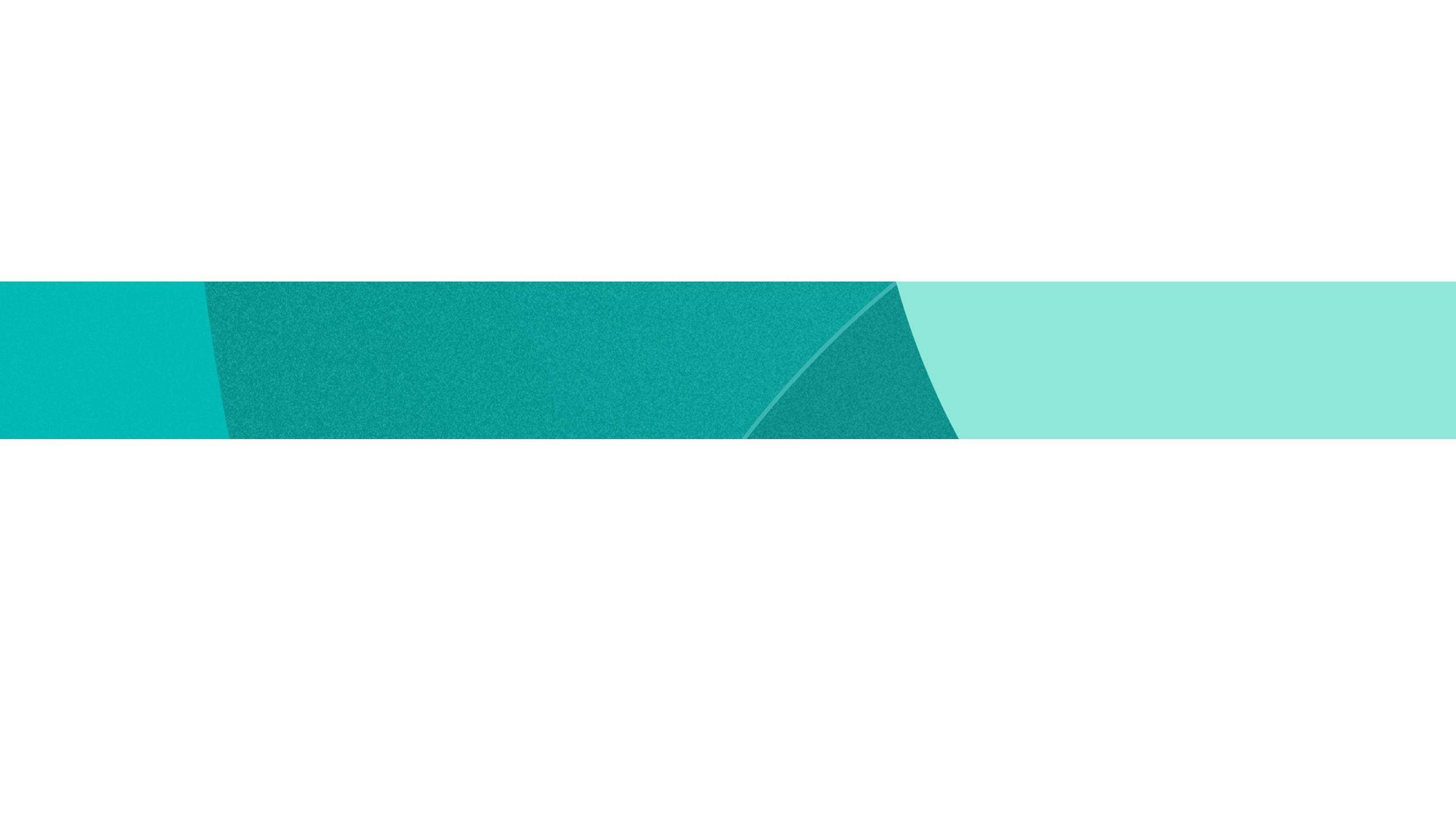Protection of refugee animals is vital to support livelihoods and health
Animals play a central role in many peoples’ lives, and the lifting of veterinary regulations to allow them to be moved to safety during the current humanitarian crisis in Ukraine is unprecedented.
Dorien Braam argues for this approach to be replicated across other refugee contexts.
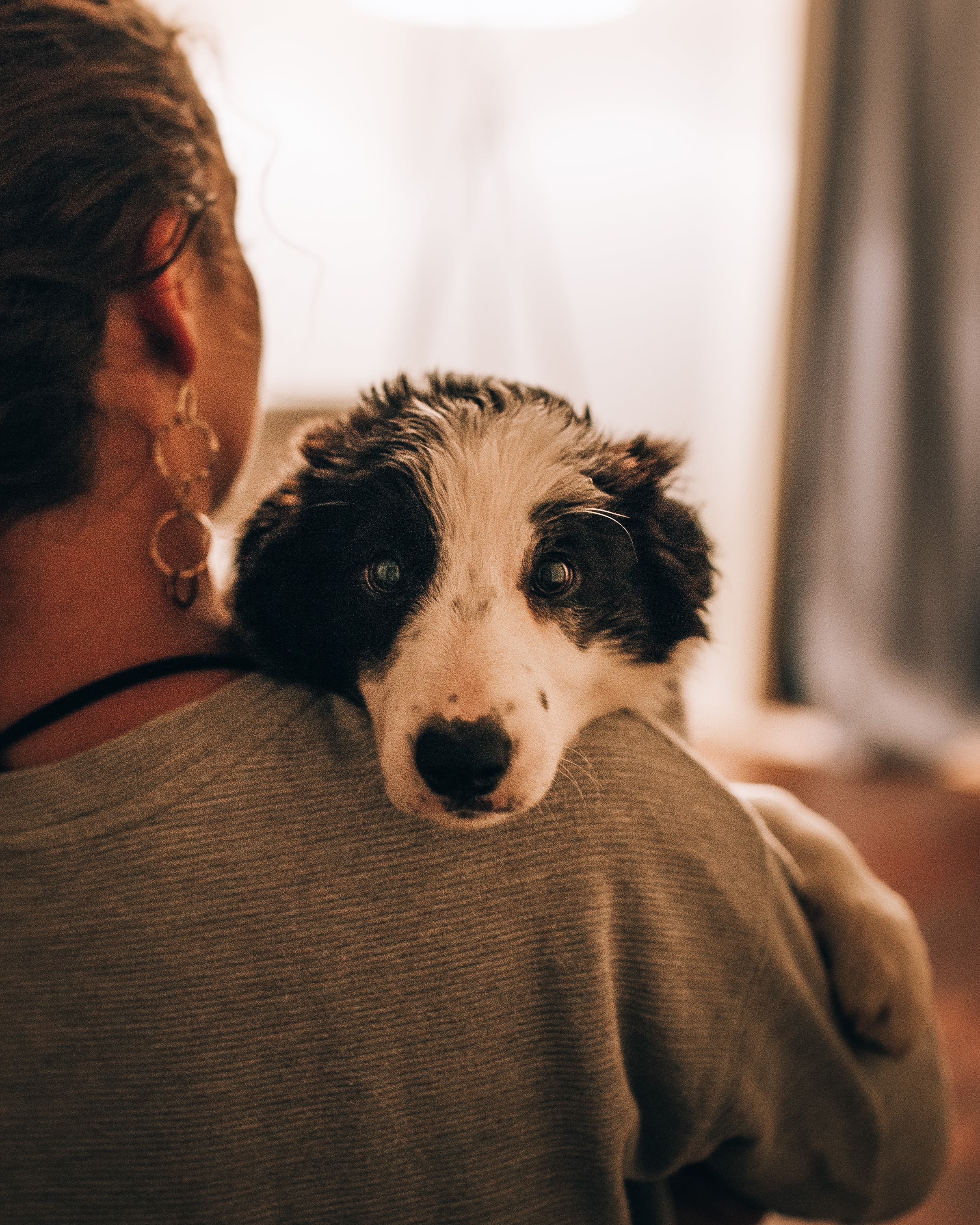
A month into the Russian invasion in Ukraine, several journalists covering the refugee emergency have reported on the lengths that some refugees are taking to bring their pets across the conflict frontlines and international borders into relative safety. Ukraine’s neighbouring countries were quick to allow all refugees to bring their non-human animal household members without documentation, and non-profit organisations responded to the call to save animals caught up in the conflict or its border areas, even including farm and zoo animals.
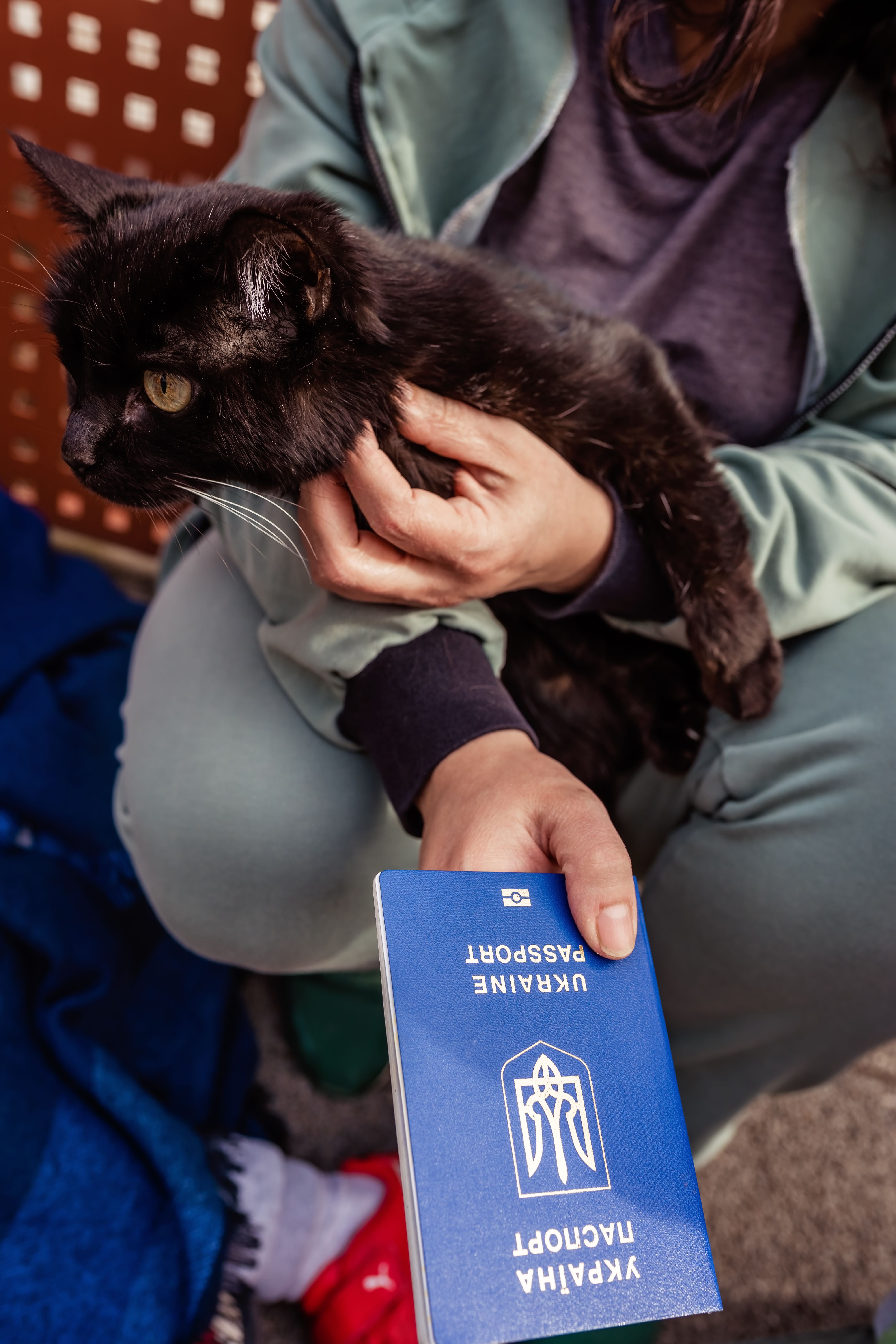
Woman fleeing Ukraine with cat. Credit: Tetiana Soares, iStock/Getty Images Plus
Woman fleeing Ukraine with cat. Credit: Tetiana Soares, iStock/Getty Images Plus
Meanwhile, reports highlighted how after an arduous journey from their lost homes in Ukraine, some refugees were forced to give up their pets upon arrival in emergency shelters, and while airlines provided free tickets across their networks to refugees, these excluded their beloved animals, eliciting an emotional public response. These wrongs were soon addressed by other countries across the European Union easing immigration and import regulations for the Ukrainian refugee population. Requirements for veterinary vaccinations and quarantine, developed to protect animal and human health, have now been lifted EU-wide.
This focus and resource provision for the protection of refugee animals is unprecedented.
The solidarity shown today is uncommon in other refugee contexts, where displaced populations face increasing challenges in crossing borders, with animals often completely banned. Lacking formal structures, independent charities are struggling to save the pets of Syria, while other domesticated animals such as livestock are consistently excluded from humanitarian refugee responses out of concern for public health.
A more holistic view must be taken to lives, livelihoods and mental health.
Animals can provide nutritious food and support mental health, particularly during displacement. The inconsistencies on how to deal with animal displacement uncover gaps in jurisdictions and expertise of humanitarian responders in complex emergencies.
Evidence across global emergencies shows how animals, including pets and livestock, are excluded from relief and refugee camps out of public health concern, rooted in a lack of contextual knowledge and resources to provide veterinary support. This exclusion is counterproductive if it results in animal owners engaging in risky behaviours to retain access to their animals, which are often essential to their lives and livelihoods.
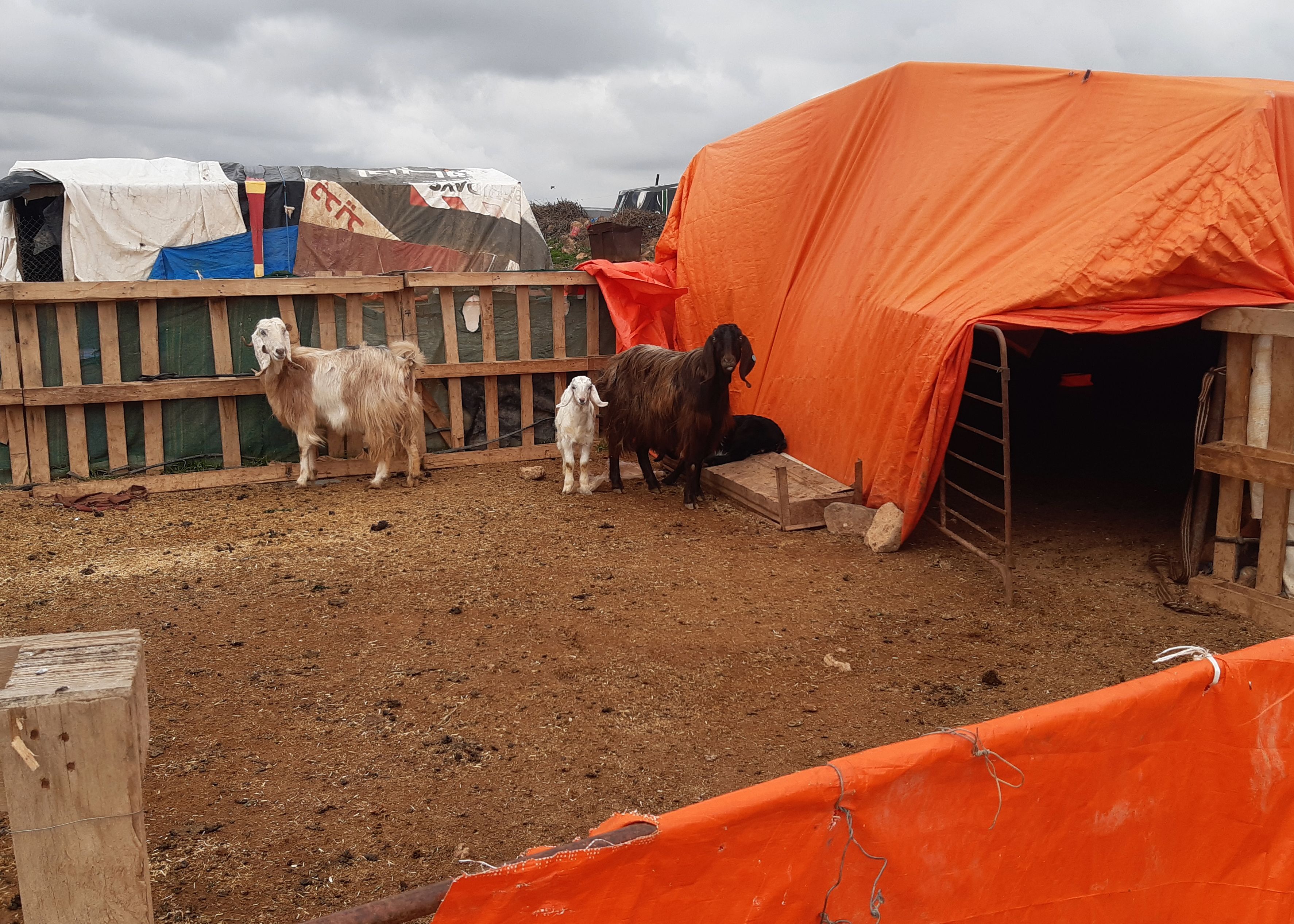
Sheep in an informal tented settlement
Sheep in an informal tented settlement
Based on my research on zoonotic disease dynamics among displaced livestock keepers across continents, the risks taken often have unintended outcomes for the safety and wellbeing of both humans and animals, with negative consequences for food- and biosecurity.
While the protection of human refugees remains a priority, the central role that animals play in peoples’ lives needs to be better acknowledged by policy makers and humanitarian responders.
During displacement, livestock becomes an important decisive factor in terms of transportation, movement route and destination location.
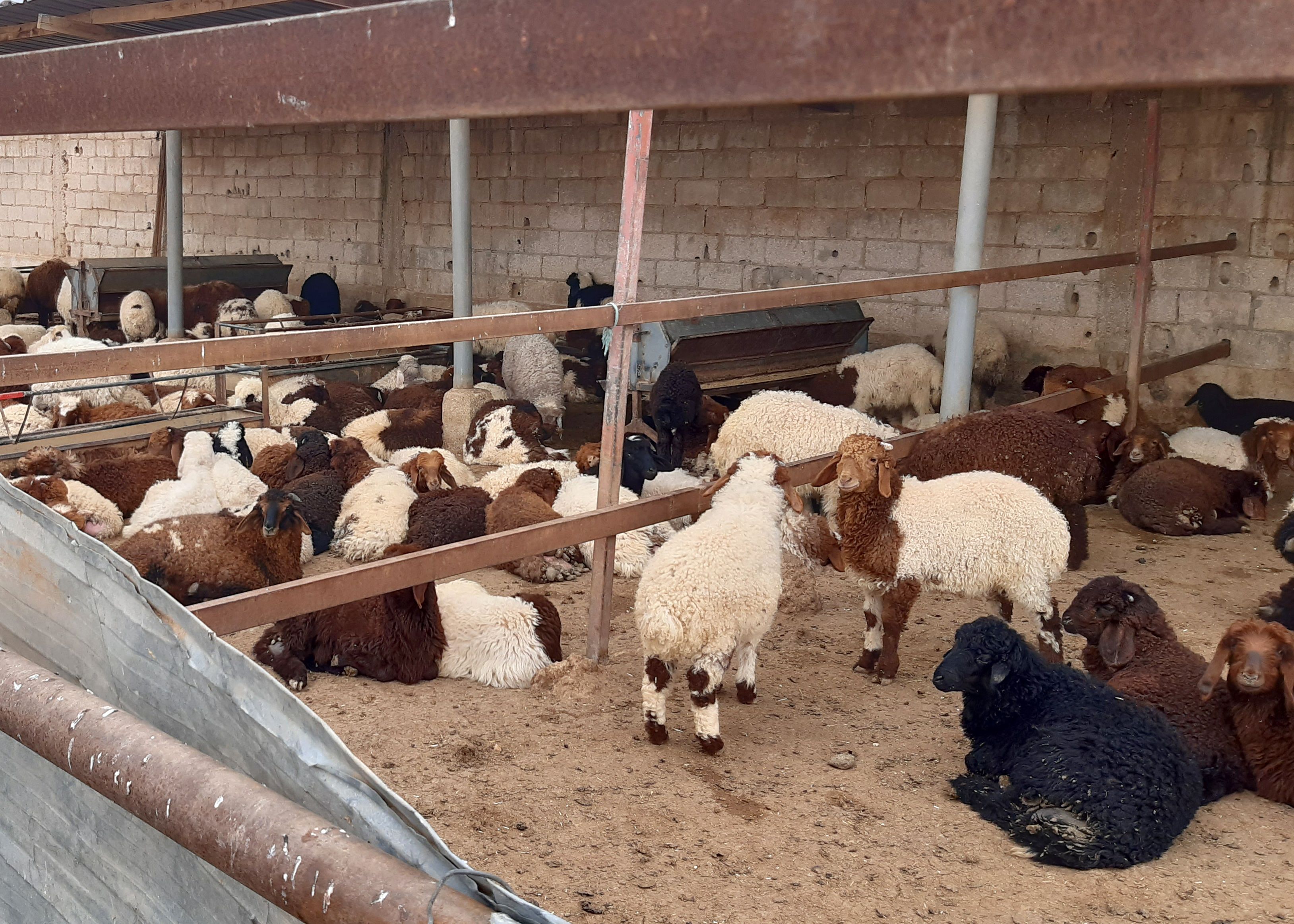
Mixed herd, collectively owned by Syrian refugees
Mixed herd, collectively owned by Syrian refugees
While animal health does have an impact on human health, with over 60% of human pathogens originating in animal species, there is little evidence of refugee animals increasing zoonotic disease outbreaks. Instead these are associated with the collapse and destruction of veterinary health services and border control.
Emergencies are complex and fluid; however, humanitarian responses follow standardised protocols, based on collaborating professional silos rather than integrated relief services. Current policy and response frameworks remain anthropocentric, and are not well suited for the inclusion of animals in emergency responses. There is a need to expand policies, responses, and wider theoretical frameworks based on solidarity across species.
Refugee policies and responses need to be more inclusive, based on the principles of solidarity and compassion with all human and non-human animals across contexts and origins.
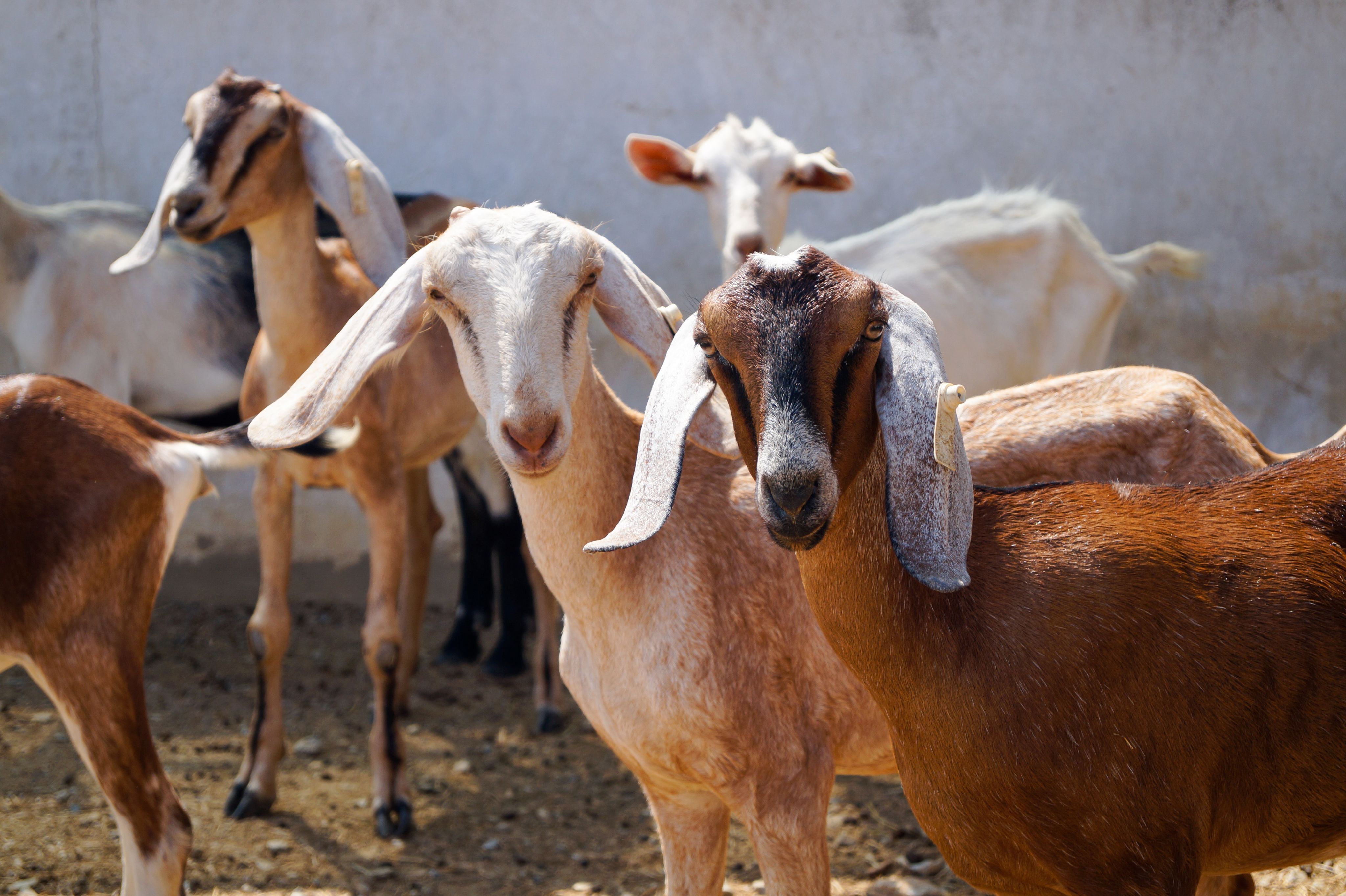
Responses need to further integrate sectors and involve a range of agencies including emergency services, law enforcement, environmental health, animal charities, and veterinary professionals. Importantly, better contextualisation and support of local stakeholders is required before, during and after the emergency. This must include the affected community, which is arguably more familiar with zoonotic disease risks than humanitarian responders working within an exclusionary framework.
The welcoming response to Ukrainian refugees and their animals shows us that another humanitarian approach is possible. It is now time to extend this to all refugee contexts.
Dorien Braam is a final year PhD Candidate at the Disease Dynamics Unit at the University of Cambridge's Department of Veterinary Medicine, focusing on zoonotic disease dynamics in displaced populations.
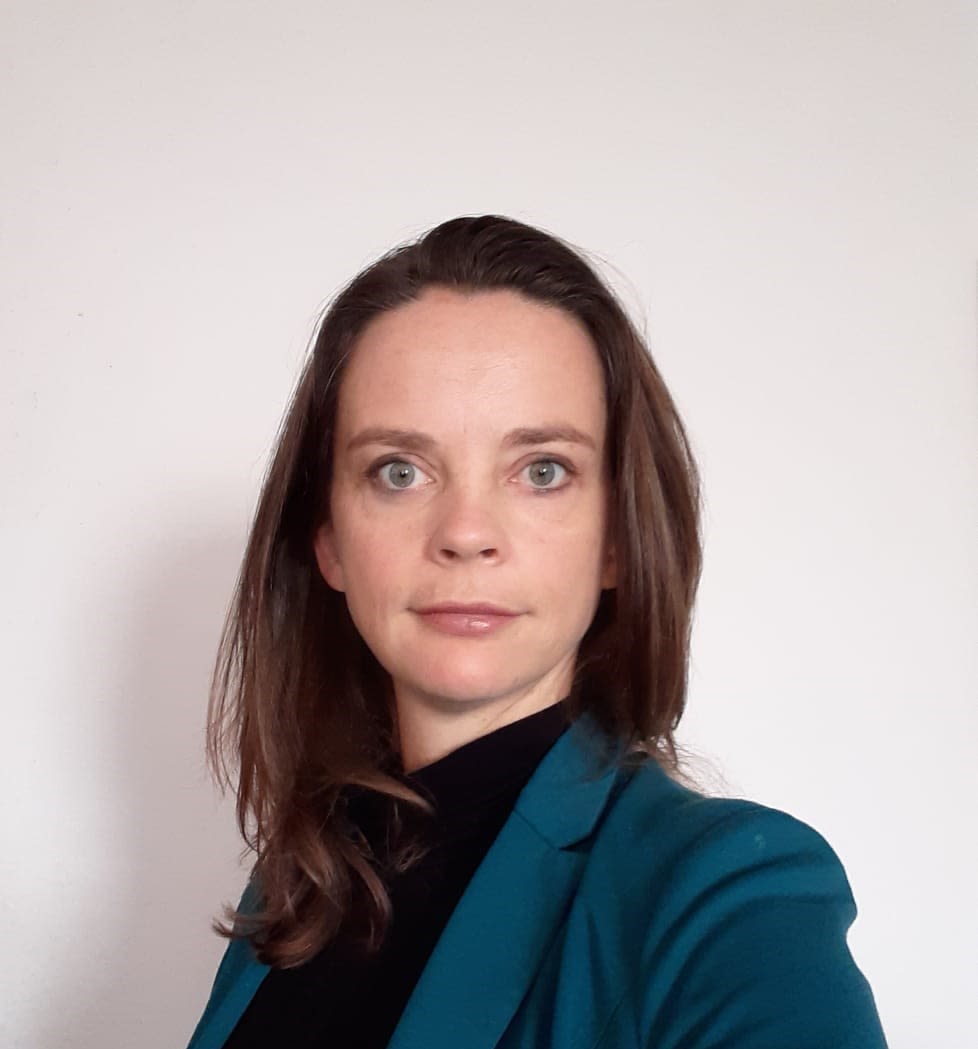
Prior to joining Cambridge, she worked with the UN, Netherlands Government, IFRC and NGOs across Europe, Asia and Africa. She is a Senior Fellow at the Centre for Global Resilience and Security (CGRS) at Norwich University, and provides consulting services as Director of Praxis Labs in the areas of migration, protection and health.
Published 31 March 2022Layout by Jacqueline Garget. Photographs by Dorien Braam unless otherwise noted.
The text in this work is licensed under a Creative Commons Attribution 4.0 International License
